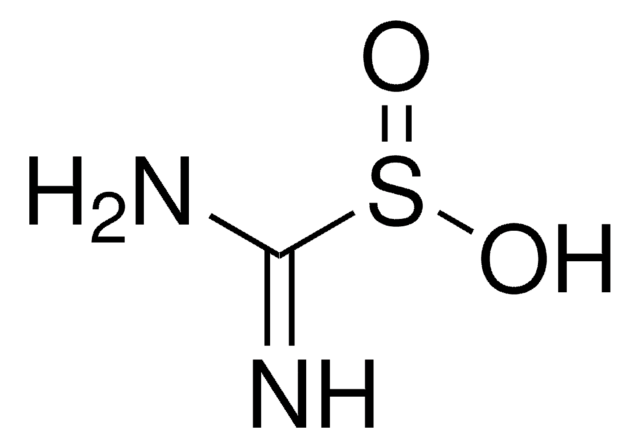All Photos(1)
About This Item
Linear Formula:
CH3CH2CH2COC2H5
CAS Number:
Molecular Weight:
100.16
Beilstein:
1738025
EC Number:
MDL number:
UNSPSC Code:
12352100
PubChem Substance ID:
NACRES:
NA.22
Recommended Products
Assay
98%
refractive index
n20/D 1.400 (lit.)
bp
123 °C (lit.)
density
0.815 g/mL at 25 °C (lit.)
SMILES string
CCCC(=O)CC
InChI
1S/C6H12O/c1-3-5-6(7)4-2/h3-5H2,1-2H3
InChI key
PFCHFHIRKBAQGU-UHFFFAOYSA-N
Looking for similar products? Visit Product Comparison Guide
General description
3-Hexanone is a colorless to light yellow liquid. It elicits strong innate attraction in rodents. 3-Hexanone has anti-germinative activity against Clostridium Botulinum spores and cells. It also has potent anti-microbial properties.
Application
3-Hexanone was used in a study to determine Henry′s law coefficients by combination of the equilibrium partitioning in closed systems technique in combination with solid-phase microextraction. It was used as test species in a study for quantitative determination of volatile organic compounds by chemical ionization reaction mass spectrometry. It was used to study the inhibitory activity of some aromatic and aliphatic ketones against Clostridium Botulinum spores and cells.
Signal Word
Danger
Hazard Statements
Precautionary Statements
Hazard Classifications
Flam. Liq. 2
Storage Class Code
3 - Flammable liquids
WGK
WGK 3
Flash Point(F)
57.2 °F
Flash Point(C)
14 °C
Personal Protective Equipment
dust mask type N95 (US), Eyeshields, Gloves
Certificates of Analysis (COA)
Search for Certificates of Analysis (COA) by entering the products Lot/Batch Number. Lot and Batch Numbers can be found on a product’s label following the words ‘Lot’ or ‘Batch’.
Already Own This Product?
Find documentation for the products that you have recently purchased in the Document Library.
Determination of Henry's law coefficients by combination of the equilibrium partitioning in closed systems and solid-phase microextraction techniques.
Dewulf J, et al.
Journal of Chromatography A, 830(2), 353-363 (1999)
Kevin P Wyche et al.
Rapid communications in mass spectrometry : RCM, 19(22), 3356-3362 (2005-10-20)
The technique of proton transfer reaction mass spectrometry (PTR-MS) couples a proton transfer reagent, usually H3O+, with a drift tube and mass spectrometer to determine concentrations of volatile organic compounds. Here we describe a first attempt to use chemical ionization
Steven D Johnson et al.
Proceedings. Biological sciences, 278(1716), 2303-2310 (2011-01-07)
To communicate with animals, plants use signals that are distinct from their surroundings. Animals generally learn to use these signals through associative conditioning; however, signals are most effective when they elicit innate behavioural responses. Many plant species have flowers specialized
Antibotulinal properties of selected aromatic and aliphatic ketones.
Bowles BL and Miller AJ.
Journal of Food Protection, 56(9), 795-800 (1993)
Blas Agut et al.
The New phytologist, 207(3), 790-804 (2015-03-17)
The citrus rootstocks sour orange and Cleopatra mandarin display differential resistance against Tetranychus urticae. Sour orange plants support reduced oviposition, growth rates and damage compared with Cleopatra mandarin plants. Jasmonic acid signalling and flavonoid accumulation have been revealed as key
Our team of scientists has experience in all areas of research including Life Science, Material Science, Chemical Synthesis, Chromatography, Analytical and many others.
Contact Technical Service








